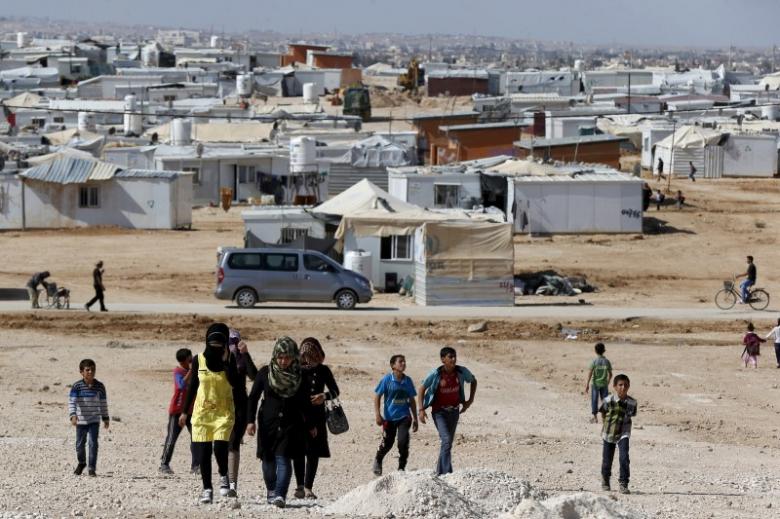Do not rush into judging the safe zones plan in Syria. It is not a totally bad idea, but, as one commentator said, the devil is in the details.
When the idea of assigning areas for civilians escaping the war was suggested few years ago, it was rapidly rejected by the Syrian regime, Iran, and Russia. They were also assisted by the former US President who claimed it was impractical.
After that, the three powers, Assad regime, Iran, and Russia, increased their destruction to the cities aiming at increasing the numbers of displaced citizens and refugees, therefore importing the problem outside of Syria.
Indeed, the number of homeless and those crossing the borders exceeded average numbers in the history of wars. About two and a half million Syrian refugees escaped to Lebanon and Jordan, and the same number to Turkey.
Over a period of one year, million Syrian refugee had escaped to Europe through Turkey in an unprecedented manner since the War World II. Among the refugees, a number of terrorists and regime’s intelligence also escaped.
Indeed, the war was afraid of Syrian refugees.
Europe pressured for refugee camps inside Syria, but Russia rejected the idea. Assad allies considered the idea of safe areas a counter political game aiming to establish independent cantons.
The regime continued to bomb areas wanting to displace millions of citizens of large clusters.
Only a small percentage of Aleppo’s, largest city, original population remained.
After all borders had been closed, there were about seven million displaced Syrian inside the country and five million outside, the largest number in modern history.
The US administration changed and President Trump changed his country’s policy towards the struggle in Syria. His government is distinctive for having military generals among its members who have actually worked in the region and are aware of the facts about the land.
The administration punished Assad and his allies by bombing Shuyrat airport, hence announcing its new policy. It also requested safe zones on the map.
It is true that the idea is old, suggested about three years ago, but the surprising thing is that it was quickly implemented and revealed in less than a week!
This is a step that is approved by involved parties: US, Russia, Turkey, Gulf, and Jordan, and is strongly rejected by Iran and Assad regime.
Keeping in mind the worrying details, the plan is good. Establishing refuges means that, first of all, the destiny of the people is no longer under the mercy of Damascus, Iran, and Russia. There is a legitimacy in Syria assigned by other countries like Turkey and USA.
It also means that the dangerous project of importing refugees to stable countries as in Jordan, Turkey, Lebanon, and Europe is over.
Safe refuges for civilians also means putting an end to the Iranian attempt, with the help of Assad, to demographically change the country, ensure control over strategic areas, and build a geographic passage which links Iran’s new colonies together: Iraq, Syria, and Lebanon.
It will give the Syrian civilian opposition a chance as well to work political on the ground for the first time.
Despite all of that, refuges have possible risks. It has divided the map of Syria politically. It gave US the regions that is important for its security, the areas close to Jordan, Israel, and Kurdistan. It also granted Russia areas adjacent to Lebanon and others occupied by minorities with Russian bases. As for Turkey, it was assigned to the areas close to it.
Also, of the possible dangers, the infiltration of terrorist groups into those areas and recruiting civilians as their members, thus becoming an international cause.
Without a political solution or a decisive military victory, the areas will be similar to detention camps for millions of people.
Yet, in spite of those risks, it is crucial to put an end to this humanitarian crisis and free millions of innocents from the claws of the regime and its allies. This initiative killed the solution imposed two months ago which forcibly declared the regime a ruler. This prompted everyone to search for a reasonable alternative solution.
